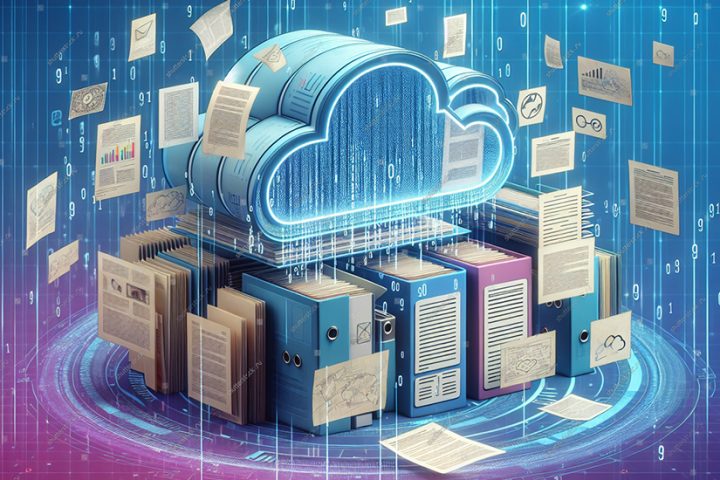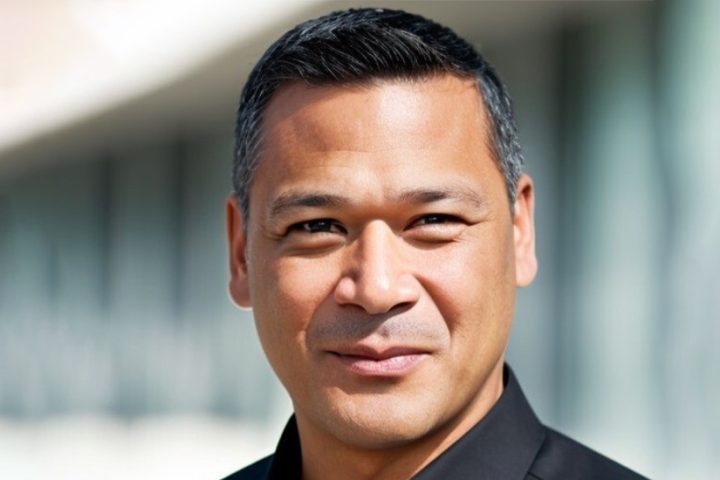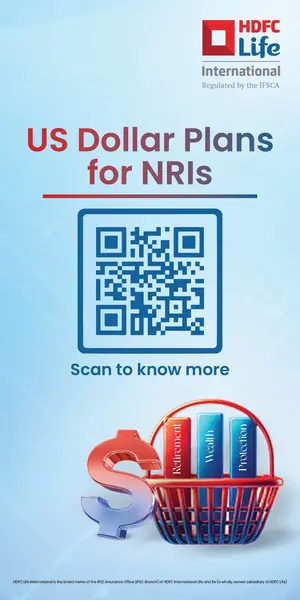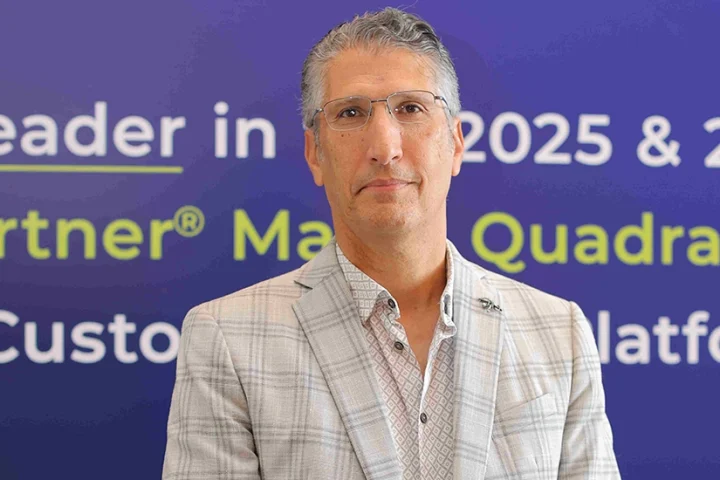Accelerating digital transformation and the move to cloud, organisations had to revamp their network and security fabrics overnight, resulting in security gaps and new opportunities for criminals. With the drastic shift to the new normal, employees faced a reality where their homes were now part of the company’s perimeter.
This model of working required organisations to revisit and check the security level and relevance of their network’s infrastructures, processes, compliance of connected mobile and PC devices, IoT etc. Every company needed to rely more on each one of its employees to guard its data and critical network credentials.
Modern organisations need to recalibrate their cyber security approach around three main elements
As lockdowns were lifted, organisations had to close the security gaps and secure their networks, from employees’ home PCs and mobiles to the enterprise data centre, with a holistic, end- to-end security architecture.
As the world becomes more connected and networks continue to evolve, securing IT environments is becoming ever more complex. Unprecedented levels of large-scale, multi-vector cyber-attacks are inflicting major damage on businesses and reputations, using advanced attack tools. Modern organisations need to recalibrate their cyber security approach around three main elements: Securing their corporate networks and datacentres, securing cloud environments and lastly, securing employees – wherever they are.
Achieving complete protection across the expanded attack surface, requires security solutions that deliver complete security against Gen V, zero-day attacks; solutions that are easy to deploy and manage; and eliminate patchwork security architectures and high TCO with integration and interoperability.
As the world becomes more connected securing IT environments is becoming ever more complex
The Covid-19 pandemic reshaped our entire working culture. The changes were global, rapid, and widespread, compressing several years’ worth of IT changes into just a few weeks. As governments mandated lockdowns, organisations transitioned to employees working from home and accessing corporate resources through secure access.
The new norm workspace expanded the organisation’s perimeter. Business data continually transferred between Bring-Your-Own-Devices, SaaS applications such as SalesForce.com and running on multi-cloud environments including AWS and Azure.
What organisations need is Gen V cybersecurity that delivers advanced, real-time threat prevention across all networks, virtual, cloud, remote office, mobile and IoT operations.
Large-scale, multi-vector cyber-attacks are inflicting major damage on businesses and reputations using advanced attack tools
Check Point Software understands that it has a role in helping to ensure the sustainability of the world’s resources and environment. Check Point Software’s impact on the environment is generally through its products, services, and facilities.
We are reducing our carbon footprint by creating reliable products and services that are cognisant of the environmental impact throughout all phases of the life cycle.
We also address environmental challenges in our workspace through various responsible means. Part of our commitment involves closely monitoring our compliance with local and international laws in all our locations around the world. We work with our suppliers to identify environmentally conscious components to increase efficiency, lifecycle, and energy efficiency.



















